We use affiliate links to run our site. When you buy through links on our site, we may earn an affiliate commission, without any added cost to you. Learn more
If you are blessed with a backyard or a terrace you might not want to grow plants indoors but for the rest of us, indoor gardening might be the only way out.
You can grow practically any type of plant indoors if you can arrange the right kind of container, light, moisture, etc for that particular plant. That said, some plants work especially well in indoor environments.
Maintaining an indoor garden is not very easy though, it has its own share of problems some of which are lack of light, humidity, and proper watering.
Very few plants do well indoors without any artificial lights. Having said that there is hope. Here in this post, we will discuss 10 such plants that are easier to grow and does well in an indoor environment.
Lettuce:
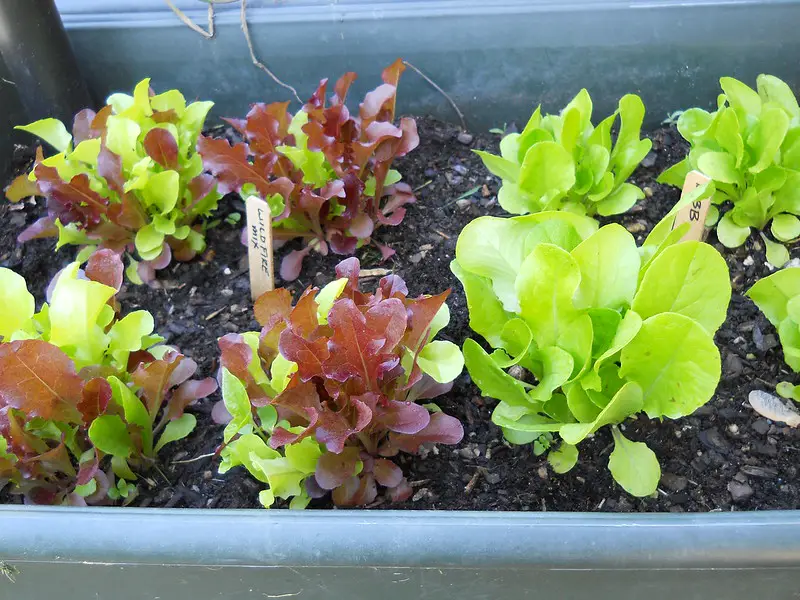
Lettuce needs a lot of sunlight. So the best place to put lettuce in an indoor garden would be a south-facing window. If you don’t have that option, you can use artificial lights. LED grow lights like this one on amazon, will also do the work.
Lettuces are best grown from seeds. Fill the containers with potting mix, leaving 1 inch of space from the rim. Next, sprinkle the seeds 1 inch apart and cover with a thin layer of potting mix.
Water your lettuce constantly but in a moderate amount because they do not have a deep root system and absorb water from the surface and nearby.
Remember loose-leaf lettuces are better suited to pots than head lettuce. Learn more about growing lettuce here.
Cucumber:
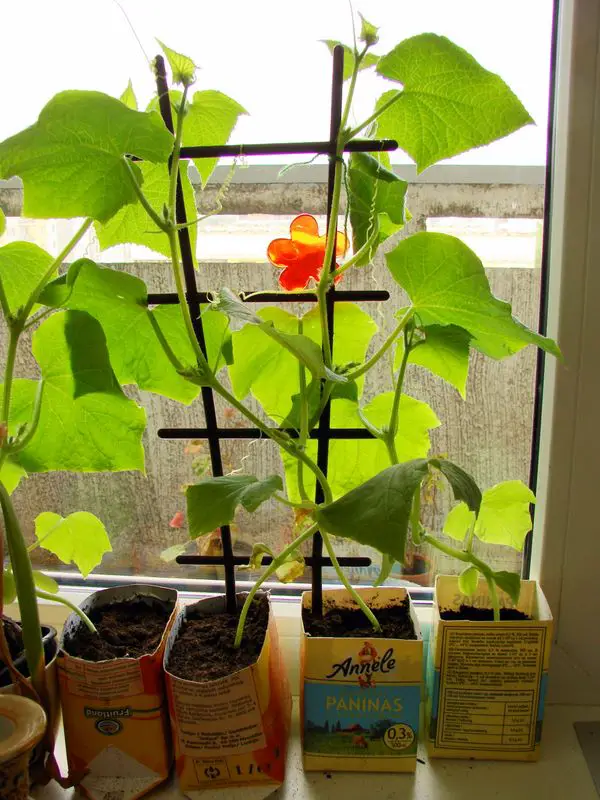
You can grow most cucumbers in any amount of pot space. As long as they receive adequate and consistent watering and warmth, cucumbers will flourish indoors.
Usually, a pot 20 inches wide can accommodate four to six cucumber plants. You can also grow cucumbers in hanging pots.
Place your cucumber planter in a sunny window where it can get at least 6 hours of sunlight a day. Rotate the planter every few days so the plants receive the same amount of sunlight throughout.
Arrange some trellis for them to climb up.
Indoor cucumbers need high humidity, so use a humidifier like this or simply use a mister to mist the plant with water. More on growing cucumbers here in this post.
Tomato:
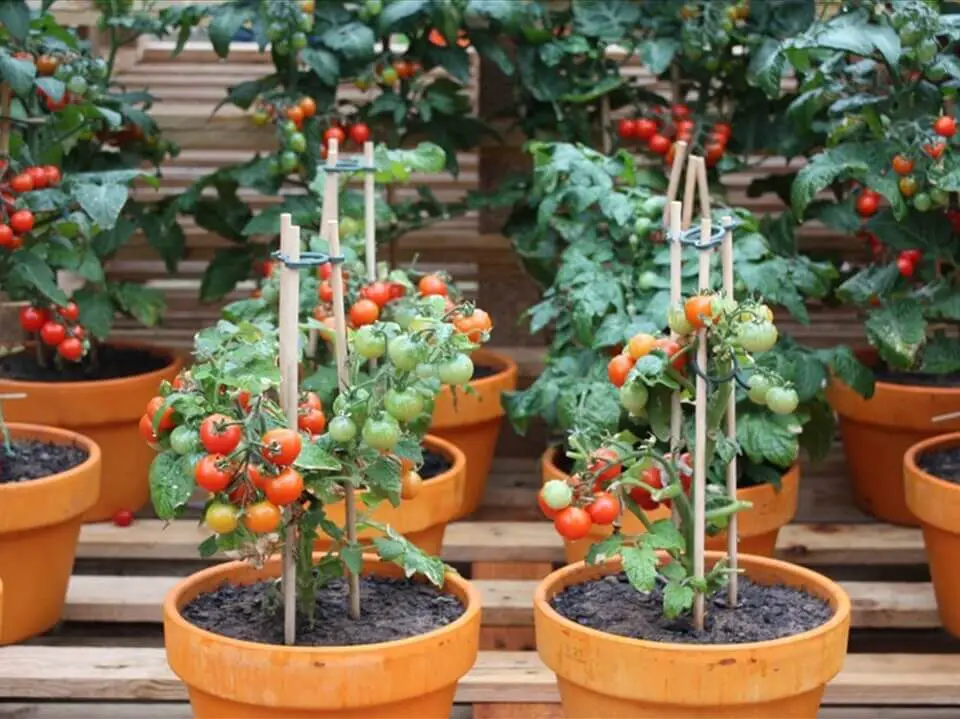
Tomatoes do exceptionally well indoors if they get enough light, nutrition, and care. They’ll need a lot of light. The fruit formation of a tomato plant requires at least 6 hours of direct sunlight.
For growing indoors, always choose plants that produce small, cherry- or grape-sized tomatoes, they generally do better than larger “slicing” varieties.
Give them plenty of water, especially during the summers. But while watering do not wet the leaves or the stem of the plant. Always put water directly into the soil near the roots.
Don’t forget to give your tomato plants some support. Though it is not essential for every tomato variety it is definitely desirable.
They’re self-pollinating, but you can help the pollination by shaking them to help the pollen fall from flower to flower.
You can grow tomato plants all year round under the right conditions, and using the right equipment. With LED lights and a warm environment, you can grow tomatoes indoors all winter.
You can learn more about growing tomatoes from this post.
Beans:

Green beans are some of the best plants to grow indoors. They need vertical space to grow. Water when the top 2 to 3 inches (5-7.6 cm.) of soil is dry to the touch.
Give your beans something to climb up it may be some stick or pole. A tomato cage is also a good choice as the plant can twine around the cage. For a bush variety, you don’t need any special support.
They can produce edible pods in 45 to 65 days when grown in full sun.
We have a detailed post on how to grow beans you can refer to this for more information.
Peppers:
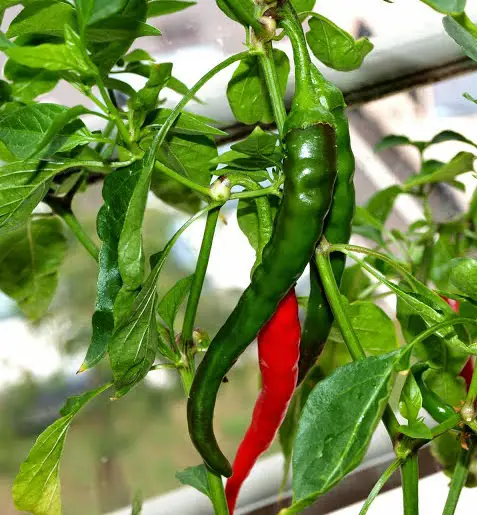
A tropical perennial like peppers are a good choice to grow indoors if you can arrange enough sunlight and humidity. They are self-pollinating, so you don’t need to bother about attracting pollinators.
The ideal temperature for growing peppers is around 70 degrees F. Use a container that is at least eight inches deep and allow the soil to dry out between waterings.
A south- or west-facing window is ideal for growing peppers. If you don’t have enough light available, use a grow light like this to lighten up the plant. Peppers like it warm; how warm depends on the variety of pepper.
Peppers need a lot of potassium in the soil. If your fertilizer or compost contains a large chunk of nitrogen and a tiny amount of potassium, you might get lush green foliage but fruit-bearing will be a problem. So choose fertilizers that have a lot of potassium in them.
Learn more about growing peppers here.
Basil:
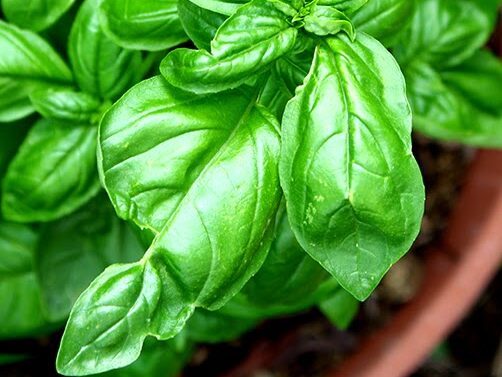
Though basil prefers sunlight and a warm climate. It does fairly well indoors. Place them on a window where they will receive a little bit of light here and there and they will do pretty well.
Basil is grown from seeds. Sow the seeds in the potting soil and gently mist water on top of it. Space your basil plants 12 to 16 inches apart to allow plenty of sunlight and airflow. Your growing pot should have proper drainage. Use good quality potting soil and keep it moist but not soggy.
Water 1 inch each week. Pinch leaves from the tips of your basil once the plant has two sets of true leaves. This encourages your basil to grow full and bushy.
Cilantro:

Being a type of leafy veggie cilantro does well indoors. Cilantro loves sunlight. So put them on a south or west-facing window where they can get enough light. Give them some kind of shading during the hotter parts of the day otherwise, they will bolt quickly.
A temperature of around 50 to 85 F is ideal for growing cilantro. They grow pretty well in any size pot and don’t mind being crowded together. Water only when the soil is dry, and use a general-purpose houseplant fertilizer like this one to fertilize the plants.
Don’t allow the soil to dry out completely. Start watering once the top couple of inches of the soil is no longer damp. Prune often to encourage new leaf growth.
You can learn more about growing cilantro here.
Mushrooms:
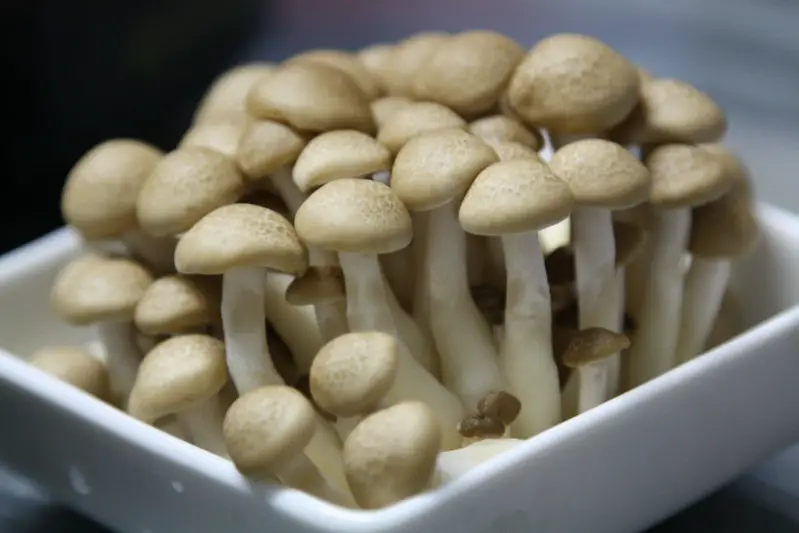
Probably the best way to use the darkness is to grow Mushrooms. They thrive in cool, dark, and damp environments. Mushrooms grow from spores and not from seeds.
The easiest way to start growing mushrooms in your home is to use Mushroom kits. These Mushroom Kits are already packed with the growing medium and the spawn.
Depending on the mushroom variety, the ideal temperature ranges from 45 to 60 deg F. A little bit of light won’t do much harm to the plant but make sure most of the time the environment is dark.
Here, check this article for details on How to grow mushrooms.
Carrots:
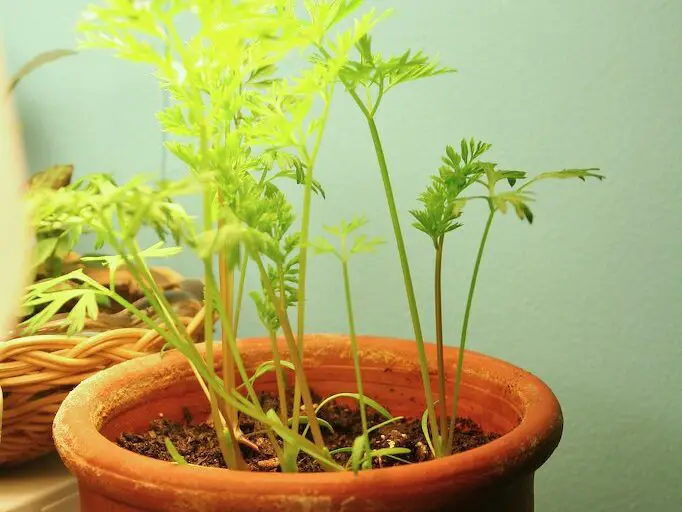
A carrot is a good candidate for growing indoors. They need deeper soil but not much space around them. Just choose a pot that is at least 12 inches deep (the container should be twice as deep as the size of the mature carrot) and with a good drainage facility.
They are cool-season crops so they can tolerate winter. The ideal temperature for growing carrots is around 60 degrees F.
Smaller carrot varieties are always best for growing indoors. Plant the seeds 1 to 3 inches apart. Cover the seeds with soil and water often.
Use fertile, well-drained, sandy soils rich in organic matter to grow carrots. Make sure they are getting plenty of light.
For more details check our latest post on growing carrots.
Bay:
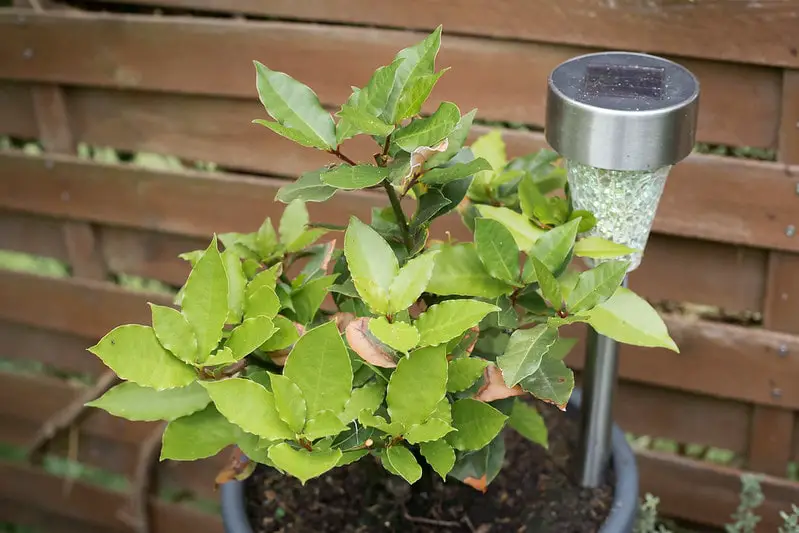
Bay is a slow-growing perennial plant and will do well inside your house. Put them on a bright, sunny spot like a south-facing window where it can get lots of fresh air. This will keep your bay tree healthy. Let the soil dry between waterings.
Bay also needs a lot of humidity. So for growing them indoors you have to keep the humidity level high by using a humidifier like this or simply use a mister to mist the plant with water.
Although it can reach heights of 59 feet you can keep Bay as a houseplant by pruning it regularly. Here is a full guide on how to grow Bay Laurels.
With indoor gardening, you can always experiment with new crops and techniques. The above list of plants is only for your reference.
With a little planning and research, you can grow anything indoors. Grow what you like, and you will be amazed how indoor gardening will help you achieve results with very little space.
Amazon and the Amazon logo are trademarks of Amazon.com, Inc, or its affiliates.
